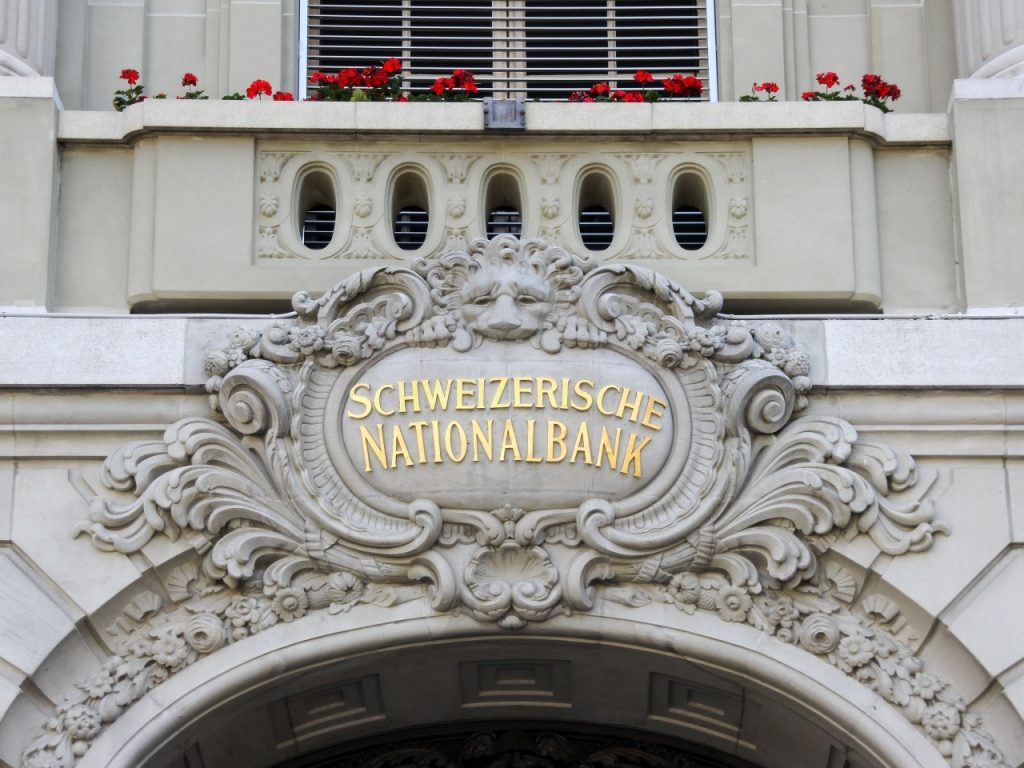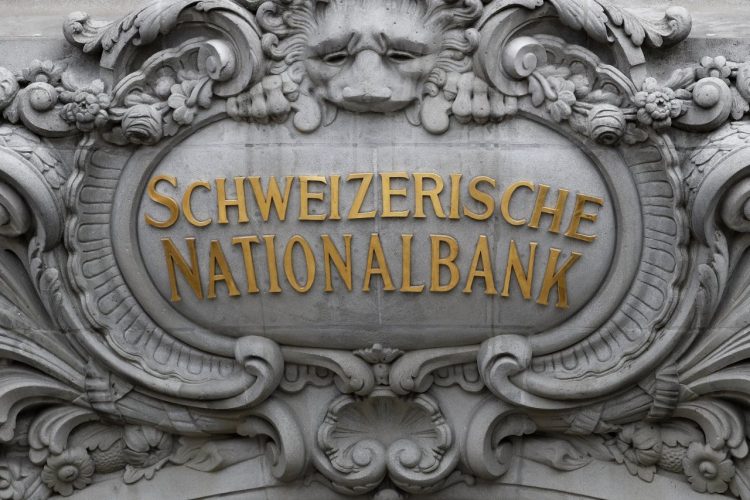Introduction
The global economy has witnessed significant changes in recent years, marked by the aftermath of the COVID-19 pandemic, rising inflation, supply chain disruptions, and geopolitical tensions such as the ongoing Russia-Ukraine conflict. One of the key factors shaping the global economic landscape during this period has been the divergence in monetary policies across central banks around the world. While some central banks have focused on tightening monetary policy to combat rising inflation, others have maintained more accommodative stances to support fragile economic recoveries. This divergence in policy approaches has far-reaching implications, particularly for exchange rates and the performance of international investment portfolios.
Central banks are the primary actors responsible for managing monetary policy, which influences interest rates, liquidity, and inflation. The key challenge for investors, policymakers, and economists lies in understanding how these policy differences—especially in major economies like the United States, European Union, China, and Japan—can affect exchange rate volatility and capital flows. Given the interconnectedness of global financial markets, the policies of one central bank can have profound effects on another, influencing not only currency values but also international trade, investment decisions, and portfolio diversification strategies.
This article explores the divergence in monetary policies across major economies, examining how these differences shape exchange rate movements and impact the performance of international investment portfolios. We will look at the specific strategies employed by central banks, the forces driving policy divergence, and the broader implications for global investors seeking to navigate this complex landscape.
1. Divergence in Global Monetary Policies: A Snapshot
A. The U.S. Federal Reserve: Tightening to Combat Inflation
The U.S. Federal Reserve (Fed) has adopted a significantly hawkish stance in recent years in response to rising inflation, which reached levels not seen in decades. As of 2022 and 2023, the Fed has significantly raised its benchmark federal funds rate, moving from near-zero levels to the highest rates in over 20 years. This policy shift reflects the Fed’s focus on combating persistent inflation that has been driven by both supply-side factors (such as energy prices) and demand-side pressures (such as stimulus-driven consumption).
The Fed’s tightening policy, aimed at cooling down the economy and bringing inflation closer to its long-term target of 2%, has had profound impacts on the U.S. dollar and global capital flows:
- Higher Interest Rates: Higher rates in the U.S. make the dollar more attractive to foreign investors, driving up demand for the currency and strengthening the U.S. dollar relative to other currencies. This has contributed to increased capital inflows into U.S. assets, such as Treasury bonds and stocks.
- Exchange Rate Volatility: As a result of the Fed’s tightening, the U.S. dollar has appreciated against many other currencies, especially those from emerging markets. This has led to currency volatility, with investors re-evaluating their exposure to U.S. assets based on expected future rate changes.
B. The European Central Bank (ECB): A More Cautious Approach
In contrast to the aggressive stance of the U.S. Federal Reserve, the European Central Bank (ECB) has adopted a more cautious and measured approach to monetary tightening. The Eurozone’s economic recovery from the pandemic has been slower, with some countries facing higher unemployment and lower growth rates. Moreover, inflation in the Eurozone, while rising, has been more moderate than in the U.S., allowing the ECB to delay interest rate hikes compared to the Fed.
However, by 2022-2023, the ECB also began to raise interest rates in response to inflationary pressures, marking a shift from its previously ultra-loose monetary stance:
- Inflationary Pressures: Despite the ECB’s relatively cautious policy approach, inflation in the Eurozone has reached multi-decade highs, primarily driven by the energy crisis exacerbated by the Russia-Ukraine conflict. To manage these pressures, the ECB has had to implement gradual rate hikes.
- Weakening Euro: Compared to the U.S. dollar, the euro has weakened significantly, as the ECB’s cautious approach contrasts with the Fed’s aggressive tightening. This depreciation of the euro has implications for European exports, making them cheaper on global markets, but it also raises the cost of imports, particularly energy.
C. The Bank of Japan (BoJ): Maintaining Ultra-Loose Policy
On the opposite end of the spectrum, the Bank of Japan (BoJ) has maintained an ultra-loose monetary policy stance for years, despite global inflationary pressures. The BoJ has kept its key interest rates at or near zero, while continuing its quantitative easing (QE) programs and capping long-term bond yields.
The BoJ’s policy stance reflects the country’s unique economic circumstances, including chronic low inflation, deflationary pressures, and a shrinking population. Despite global trends toward tightening, the BoJ has maintained its accommodative policy to stimulate domestic demand and support economic growth.
- Weak Yen: The BoJ’s loose monetary stance has contributed to a weakening yen, especially against the U.S. dollar. As global interest rates rise, Japan’s relatively low rates make it less attractive for foreign investors. The depreciation of the yen has sparked concerns about rising import costs, particularly for energy, but has also boosted Japanese exporters by making their goods more competitively priced on global markets.
D. The People’s Bank of China (PBOC): A Mixed Policy Approach
The People’s Bank of China (PBOC) has pursued a relatively mixed approach to monetary policy, balancing between supporting economic growth and controlling inflation. While the Chinese economy experienced a slowdown due to the pandemic and the government’s strict zero-COVID policy, the PBOC has implemented both interest rate cuts and reserve requirement ratio (RRR) reductions to stimulate growth.
However, China’s inflationary pressures have been relatively moderate compared to the West, allowing for more flexible monetary policy. The PBOC has also faced challenges related to the real estate sector and global supply chain disruptions. In response to these challenges, China has been experimenting with more targeted easing policies, such as credit support for key sectors.
- Currency Stability: The Chinese yuan (CNY) has experienced relatively stable movement compared to other major currencies, as the PBOC actively manages the currency’s value through both market interventions and capital controls. While the yuan has weakened slightly in the face of global interest rate hikes, the PBOC has taken steps to maintain stability.
2. How Diverging Monetary Policies Affect Exchange Rate Volatility
A. Interest Rate Differentials and Capital Flows
One of the most direct ways in which diverging monetary policies affect exchange rates is through interest rate differentials. When central banks in different countries set their interest rates at varying levels, it creates incentives for investors to shift capital to countries with higher returns. This capital movement can result in significant exchange rate volatility.
- Higher U.S. Rates: As the U.S. Federal Reserve raises interest rates, global capital is drawn toward the higher yields offered by U.S. assets, particularly government bonds. This creates a demand for the U.S. dollar, pushing its value higher relative to currencies with lower interest rates, such as the euro, yen, and yuan.
- Euro Weakness: Conversely, the ECB’s more gradual approach to rate hikes has contributed to euro depreciation. Lower rates in the Eurozone relative to the U.S. make euro-denominated assets less attractive, leading to reduced demand for the euro.
- Yen and Yuan Stability: The yen and yuan have been affected by different dynamics. The yen has weakened due to Japan’s ultra-loose policy, while the yuan remains relatively stable due to China’s strict currency management policies, even though it faces downward pressure as the U.S. dollar appreciates.
B. Risk Appetite and Safe-Haven Currencies
Divergent policies also affect global risk appetite. When central banks in developed markets like the U.S. and the Eurozone raise interest rates, investors often shift away from riskier assets and toward safe-haven currencies like the U.S. dollar and Swiss franc. In times of heightened uncertainty, such as geopolitical tensions or financial market volatility, investors flock to currencies with lower risk profiles.
- U.S. Dollar as a Safe Haven: The U.S. dollar benefits from its status as the global reserve currency, which increases demand for the dollar during times of geopolitical or economic stress. With the Federal Reserve tightening, the dollar’s appeal increases even further.
- Euro and Yen in Risk-Off Environments: The euro and yen tend to lose value in risk-off scenarios, as investors may prefer U.S. dollar-denominated assets for their safety and yield. A weak euro and yen can affect multinational corporations and investors with exposure to these currencies.

3. Implications for International Investment Portfolios
A. Exchange Rate Risk and Portfolio Diversification
Investors with international portfolios need to carefully consider the impact of exchange rate movements on their returns. Currency fluctuations can significantly influence the performance of foreign investments, and the divergence in monetary policies creates an environment of heightened exchange rate volatility.
- Hedging Currency Risk: Investors may seek to hedge against currency risk using forwards, options, or currency ETFs to protect the value of their international investments. Given the differences in monetary policy, hedging becomes particularly important for portfolios that include assets denominated in weaker currencies.
- Currency Diversification: A well-diversified portfolio that includes assets denominated in multiple currencies can help mitigate the impact of adverse currency movements. However, the growing divergence in monetary policies suggests that regional diversification may be more critical than ever.
B. Global Equity and Bond Market Implications
Monetary policy divergence can also have significant effects on the equity and bond markets. For example, the U.S. dollar’s strength driven by higher U.S. interest rates can hurt foreign earnings for U.S. multinationals. On the other hand, companies in countries with weaker currencies may benefit from cheaper production costs, though they may also face higher import costs for raw materials.
In the bond market, higher rates in the U.S. can lead to capital outflows from emerging markets that have more accommodative policies. This could push up borrowing costs in emerging economies and lead to lower bond prices in those regions.
4. Conclusion: Navigating a Complex Global Monetary Landscape
The divergence in global central bank monetary policies is having a profound impact on exchange rate volatility and the performance of international investment portfolios. As central banks in the U.S., Europe, Japan, and China pursue different paths in response to their unique economic challenges, investors must carefully consider the implications for currency fluctuations, capital flows, and asset valuations.
The key to navigating this complex landscape lies in strategic diversification, effective currency risk management, and an understanding of the macroeconomic forces driving central bank decisions. With global monetary policies set to remain divergent for the foreseeable future, investors must stay attuned to developments in major economies and adjust their portfolios accordingly to minimize risk and seize opportunities in this dynamic environment.

















































